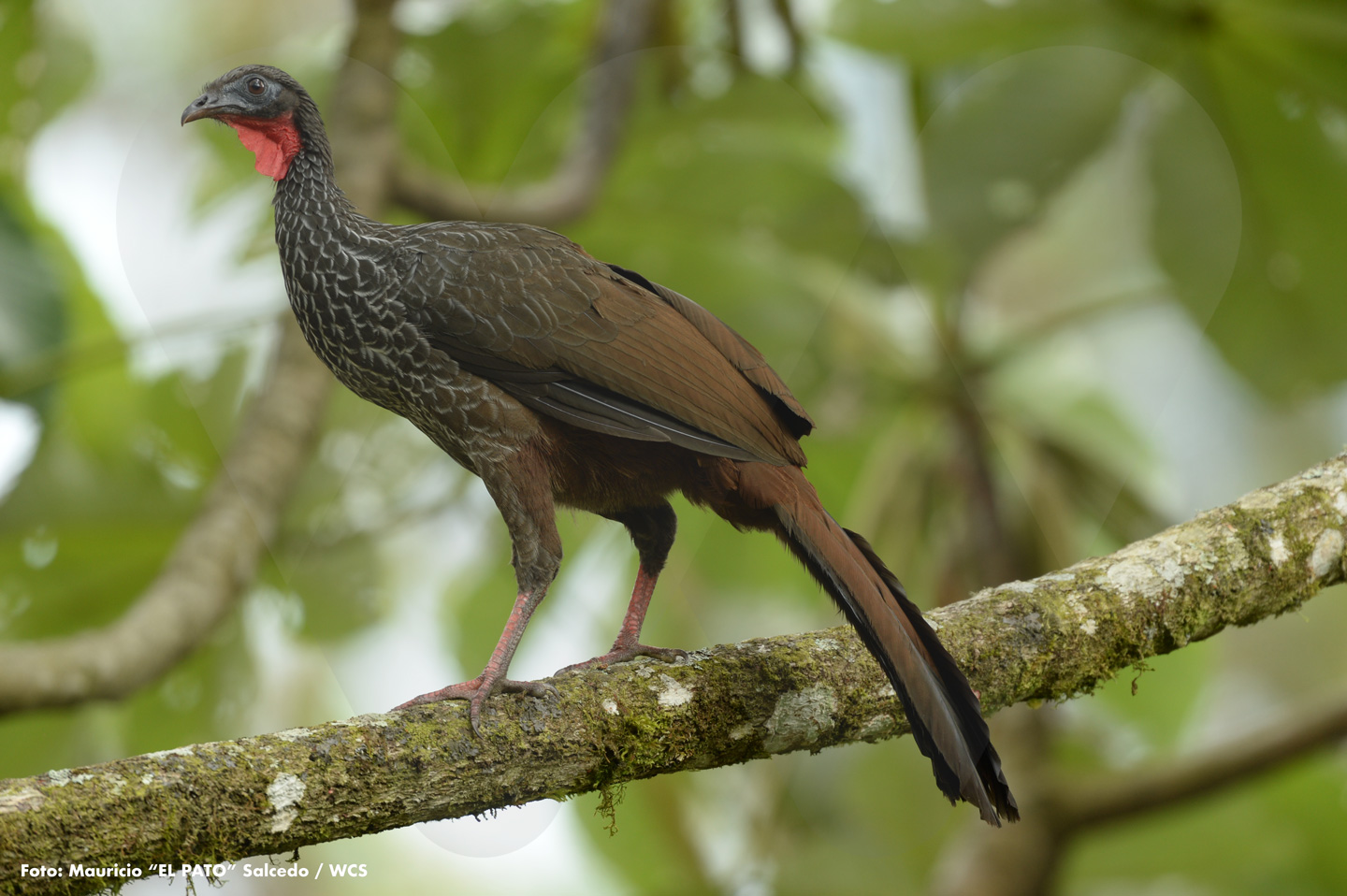 Endemism
Endemism
The Cauca guan only lives in Colombia, which means it is an endemic species for our country. Its home is associated with four defined nuclei that form part of the middle basin of the Cauca River. In these places, Penelope Perspicax, as it is scientifically known, lives between 1200 and 2100 meters above sea level, in small remnants of sub-Andean forests that still exist on lands belonging to Risaralda, Quindío and Valle del Cauca.
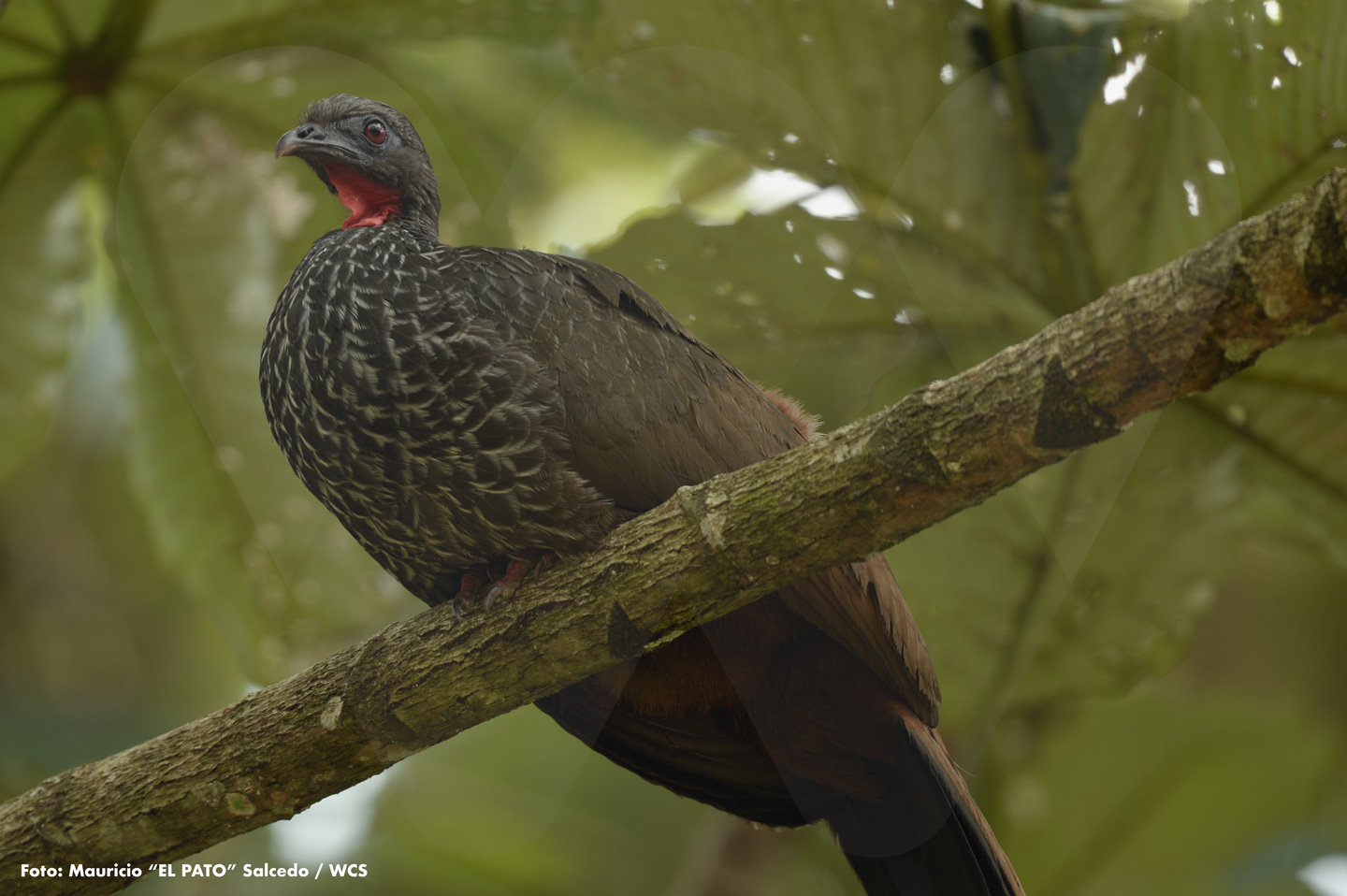 Degree of threat
Degree of threat
We must highlight two very important reasons why today the Cauca guan is considered by the International Union for the Conservation of Nature as a species “in danger” of extinction. The first one, its meat, a resource that has always been coveted by hunters. And the second, the loss of those forests that were once its home and disappeared, due to deforestation and the expansion of the agricultural frontier.
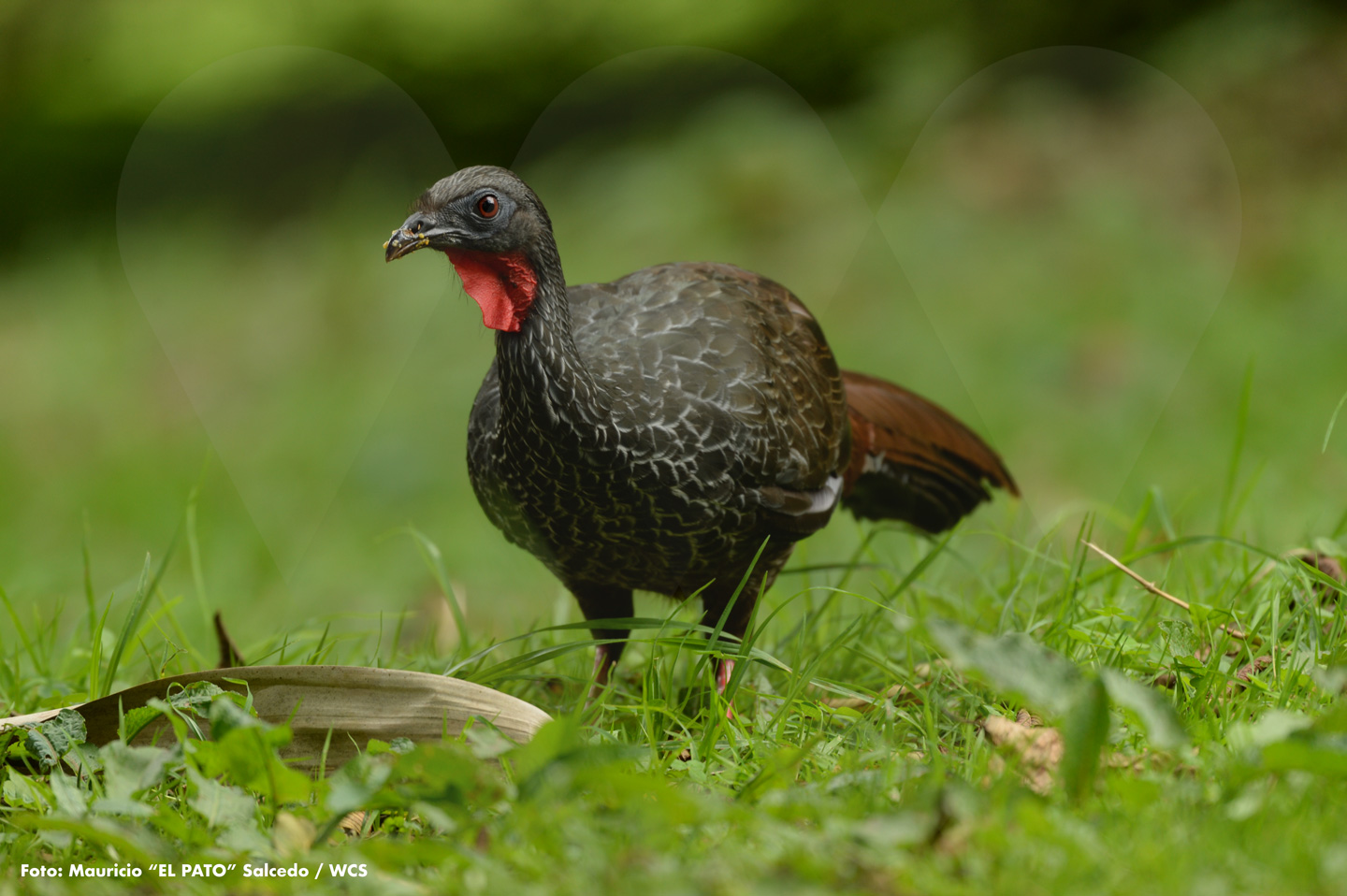
Diet
Fruit are this bird’s main diet, complemented to a lesser extent with insects, leaves and flowers. Its condition as a frugivorous bird makes it a very important species for seed dispersal, a process that helps the natural regeneration of the forests that are its home. We must mention that, generally, the Cauca guan is seen wandering alone, although it can also be found in small groups.
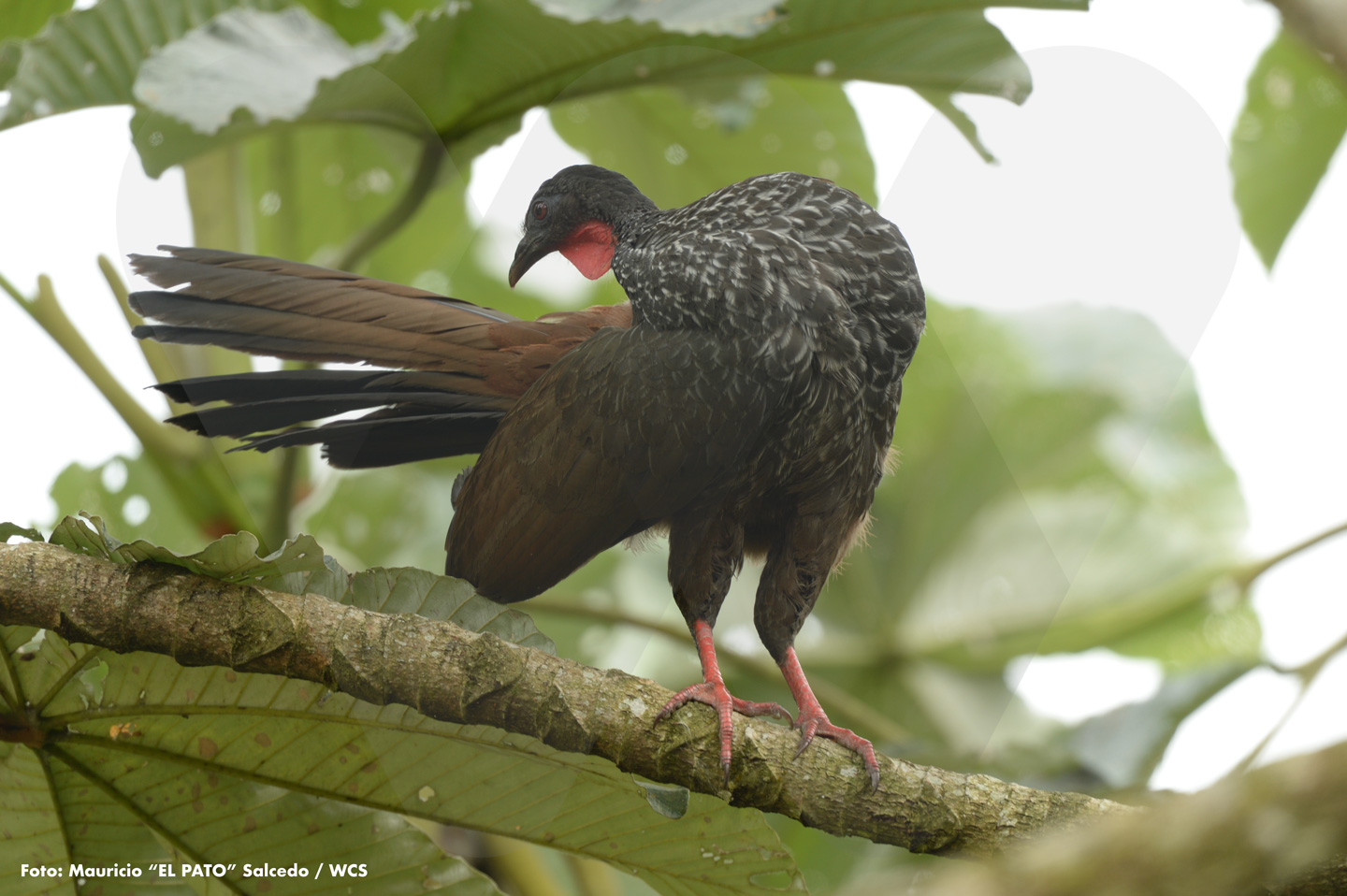 Yotoco
Yotoco
As part of the initiatives that seek to expand the conservation and knowledge of Penelope Perspicax, WCS Colombia, in cooperation with the National University and some regional universities, developed a monitoring plan focused, specifically, to the Bosque de Yotoco National Forest Reserve. This natural area that covers 559 hectares, safe keeps a fragment of sub-Andean forest similar to those that once covered the eastern flank of the West Andes Range. The Cauca guan lives in that small forest remnant.
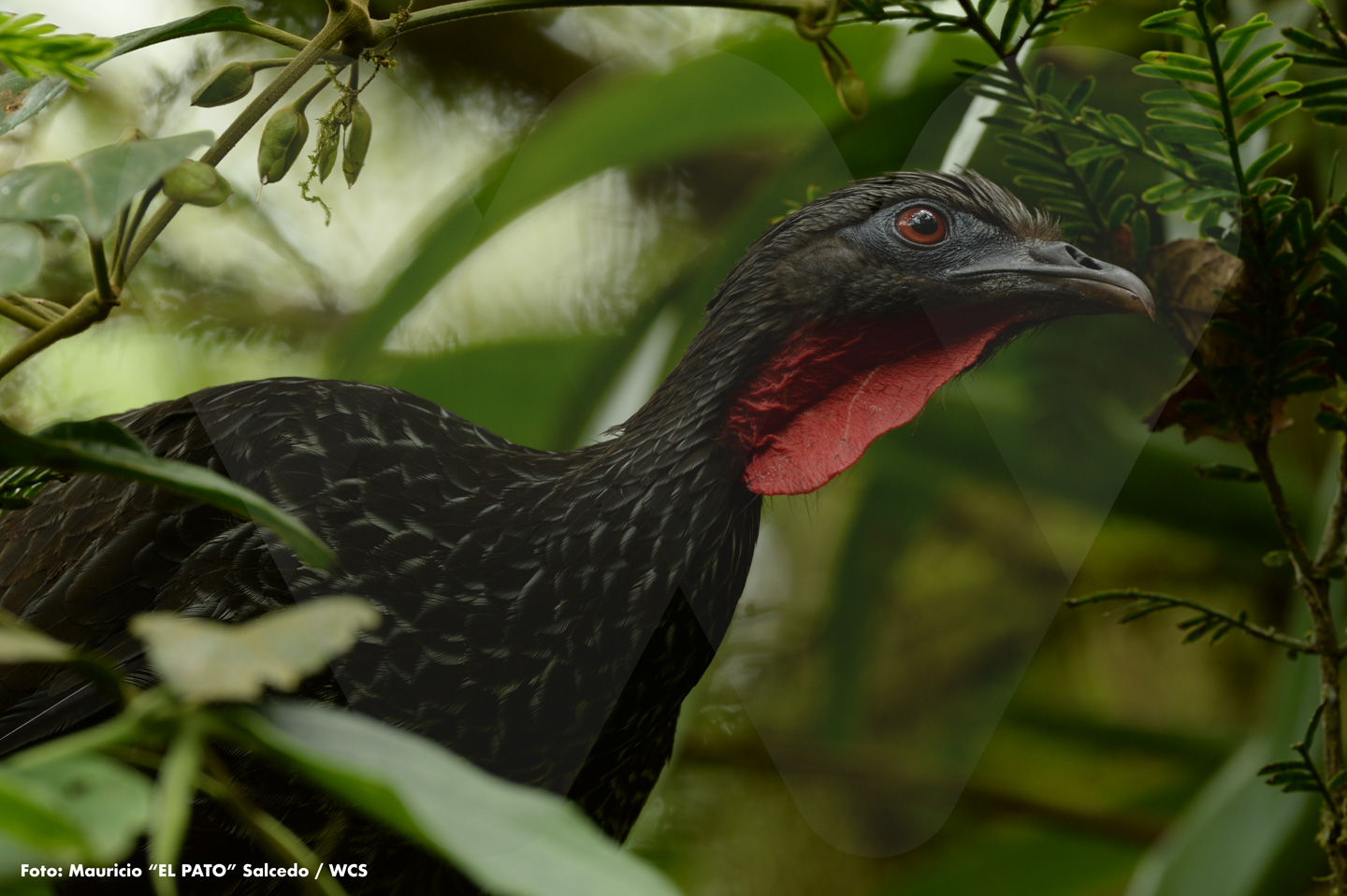 Management plan
Management plan
In year 2006 the Cauca guan had a management plan, constructed jointly by the Alexander von Humboldt Institute and the EcoAndina Foundation. Twelve years later, in 2018, this plan had an update, led by WCS Colombia and the Calidris Foundation and supported by other organizations and institutions. This document, that can be downloaded in the following link describes what we know of this species today and explains what actions can be implemented for Penelope Perspicax to continue living and forming part of Colombia’s valuable wild patrimony.